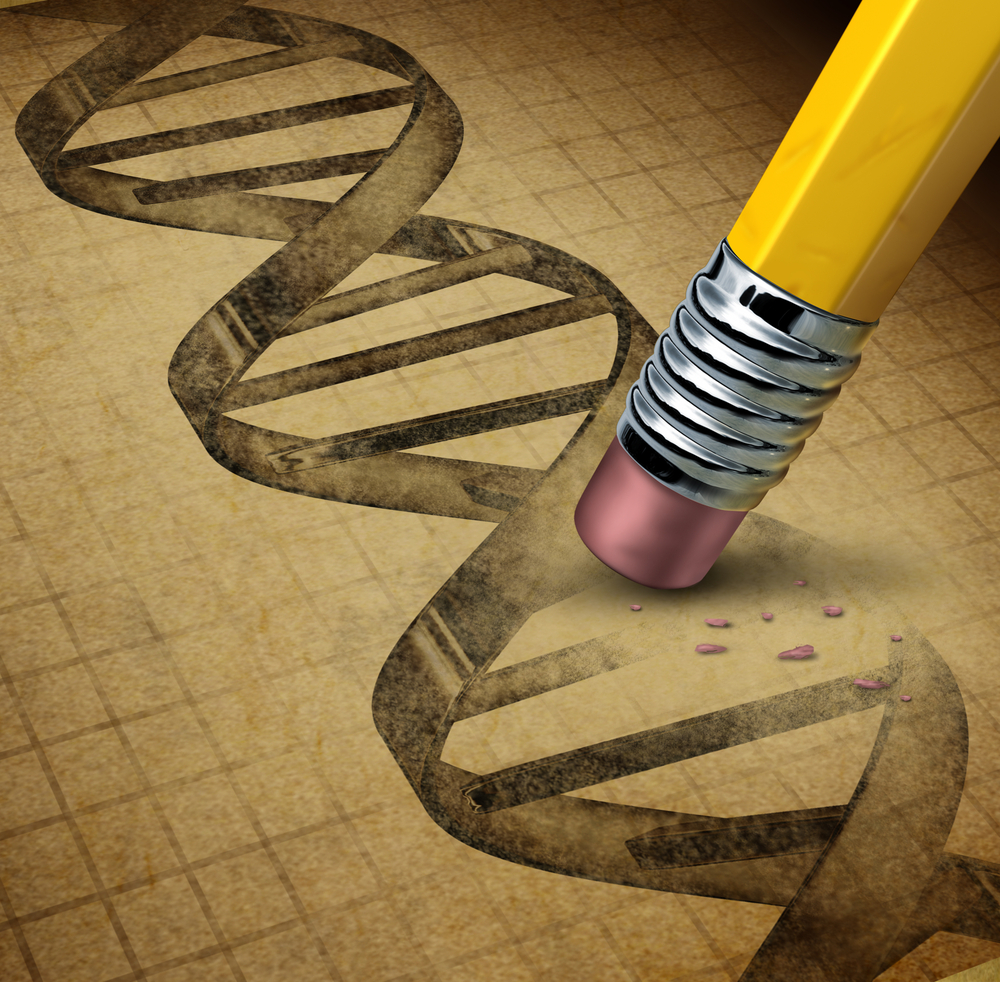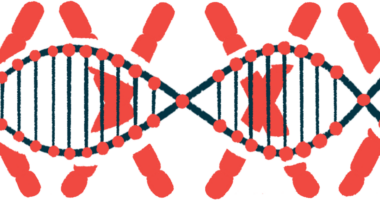Society Produces Guide on Gene Editing, a Potentially Beneficial Technique for MD, Other Diseases
by |

The American Society of Gene and Cell Therapy (ASGCT) recently released a guide on therapeutic gene editing to educate policy-makers, patient advocates and the public about the technique.
Gene editing is a powerful tool that could correct disease-causing genetic mutations and have therapeutic benefits for patients with genetic diseases such as muscular dystrophy. Drugs currently available to treat genetic conditions can only manage the symptoms of the disease and do not address the underlying genetic cause of the disease.
“The successful development of gene editing applications could shift a lifetime of symptom management toward tomorrow’s ideal of a one-time curative treatment for patients,” Dr. Cynthia Dunbar, a principal investigator at the National Heart, Lung and Blood Institute and the president of the ASGCT, said in a press release.
This type of approach, where a person’s genetic blueprint is altered, can have many ethical repercussions and is closely monitored by regulatory agencies such as the U.S. Food and Drug Administration (FDA) and its European counterparts. The ASGCT believes it’s important to provide regulators and policy-makers with accurate information about gene editing and its therapeutic potential.
A group of ASGCT scientist members went to Washington, D.C., on Nov. 18 to present the guide to relevant congressional committees and administrative agencies, including the U.S. Senate Health, Education, Labor, and Pension Committee and the White House Office of Science and Technology.
This is in anticipation of a consensus report on human gene editing, which the National Academy of Sciences is expected to release early in 2017, addressing ethical, legal, and social implications of gene editing.
It is hoped that the ASGCT’s educational guide will help advocacy groups, lawmakers and the media better interpret the 2017 NAS consensus report.
Genetic diseases such as muscular dystrophy affect more than 30 million people in America, most of whom are children. Researchers and physicians believe that gene editing technology has the potential to treat a number of genetic diseases such as MD, sickle cell anemia, cystic fibrosis, and hemophilia, conditions for which there is currently no cure.







